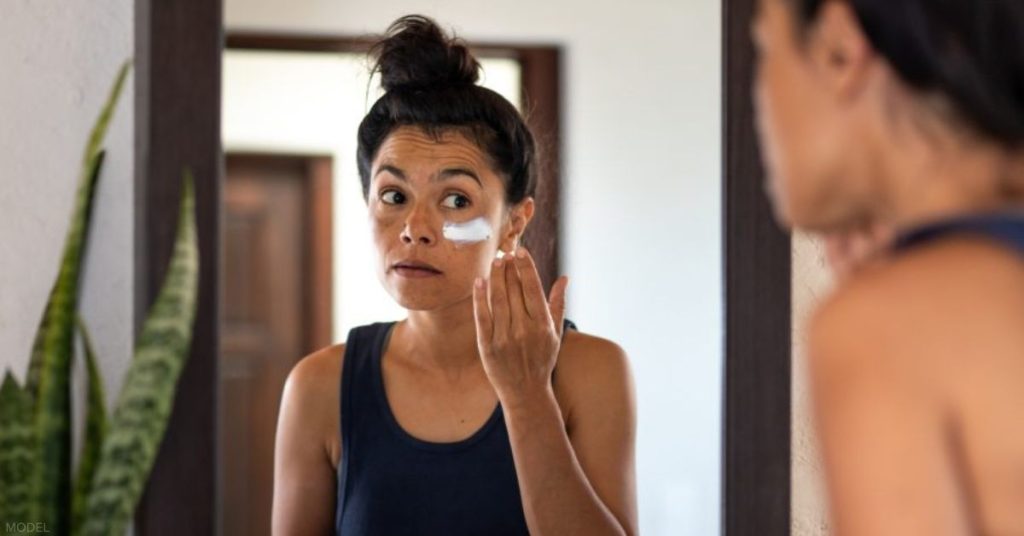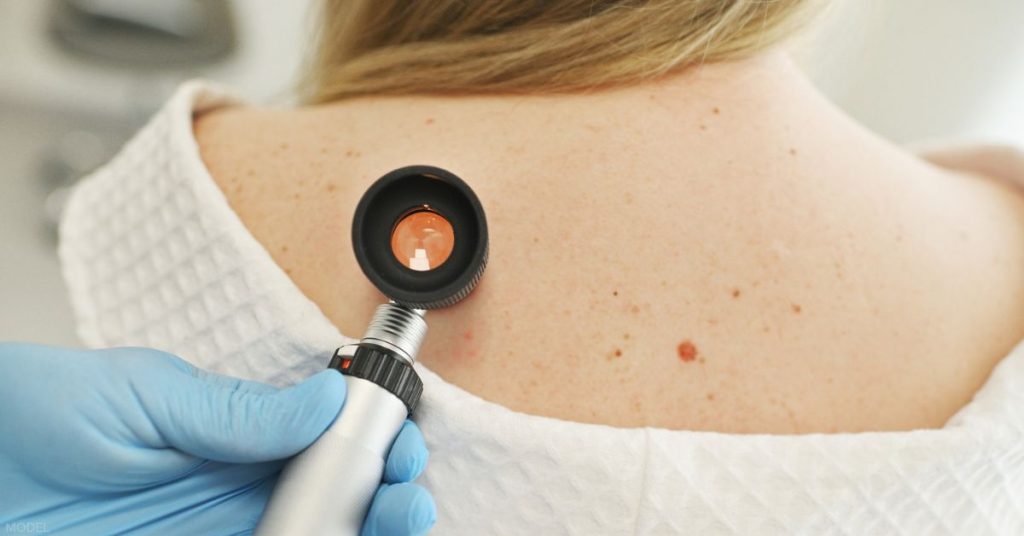Skin cancer is the most common cancer in the United States, with millions of cases diagnosed each year. Among these, basal cell carcinoma (BCC) is the most prevalent, followed by squamous cell carcinoma (SCC) and melanoma. Early detection and regular screenings are key in catching skin cancers in their early stages and, therefore, most treatable.
Current Statistics on Skin Cancer
According to the American Academy of Dermatology (AAD) and the American Cancer Society, about 20 Americans die from melanoma every day. In 2024, an estimated 8,290 deaths will be attributed to melanoma, with higher rates among men. The overall melanoma death rate has seen a decline, particularly between 2014 and 2019, which can be attributed to increased awareness and better treatments .
The five-year survival rate for people whose melanoma is detected and treated before spreading to the lymph nodes is about 94%. However, if it spreads to nearby lymph nodes, the survival rate drops to 74%, and if it spreads to distant organs, the rate can fall to as low as 35%. This makes early detection through regular skin checks and self-examinations crucial.
We’ve dedicated an entire blog post to answering top questions about skin cancer.
Why Regular Skin Checks Matter
A total body skin check examines the skin for suspicious moles, growths, or changes that might indicate the early stages of skin cancer. Since most skin cancers are highly treatable when detected early, regular skin checks—especially for individuals with risk factors—play a critical role in skin health.
Who Needs to Be Checked?
While everyone needs to be vigilant, some individuals are at a higher risk of developing skin cancer. Regular annual skin checks are especially crucial for:
- Individuals with a history of sun exposure or sunburns: Severe sunburns, particularly those occurring in childhood or adolescence, can significantly increase the risk of melanoma. Experiencing five or more blistering sunburns between ages 15 and 20 can increase the risk of melanoma by 80% and non-melanoma skin cancer by 68%.
- Users of tanning beds: Tanning beds increase the risk of melanoma, and young women who tan indoors are six times more likely to develop melanoma. The risk increases with the frequency of tanning bed use and the younger the individual starts using them.
- People with fair skin, red or blonde hair, and light eyes: Fair skin that burns quickly is more susceptible to damage from UV exposure, leading to a higher likelihood of skin cancer.
- Those with a family or personal history of skin cancer: An individual or family history of melanoma, BCC, or SCC increases the likelihood of developing another skin cancer. Melanoma survivors have an approximately eight-fold increased risk of developing another melanoma compared to the general population.
- People with many moles or atypical moles: Individuals with more than 50 moles, atypical moles, or large moles are at an increased risk of developing melanoma .
The ABCDEs of Melanoma
Dermatologists use the ABCDE criteria to evaluate moles and growths on the skin. These characteristics can help identify melanomas early:
- Asymmetry: One half of the mole does not match the other.
- Border: The edges are irregular, scalloped, or poorly defined.
- Color: The mole is not uniform; it may have varying shades of brown, black, tan, white, red, or blue.
- Diameter: Melanomas are usually greater than 6 millimeters in size (about the size of a pencil eraser), though they can be smaller.
- Evolving: The mole is changing in size, shape, or color, or it starts itching, bleeding, or crusting.
It’s important to regularly check your skin for new or changing moles. If you notice any growths that follow the ABCDE criteria or if anything looks different from your other moles, it’s essential to have a dermatologist evaluate them.
What To Expect During a Total Body Skin Check
During a skin check, your dermatologist will perform a head-to-toe examination, looking closely at all areas of your skin. This includes places you might think of missing, like the scalp, behind the ears, and between the toes. Your dermatology provider will use a unique magnifying tool called a dermatoscope to closely examine suspicious moles or lesions. A biopsy may be performed to determine if cancer cells are present or if anything unusual is found.
The frequency of skin checks varies based on individual risk factors. Annual skin checks are recommended for those at higher risk, such as those with a history of skin cancer. Your dermatology provider will help determine how often you should be examined based on your skin type, history of sun exposure, and family history of skin cancer.
Preventative Measures
Since exposure to UV light is the most preventable risk factor for all types of skin cancer, the AAD recommends the following precautions:
- Avoid indoor tanning beds.
- Use sunscreen with SPF 30 or higher and broad-spectrum protection, reapplying every 2 hours. Remember, one shot glass (1 ounce) is needed to cover the entire body!
- Wear protective clothing, including long-sleeved shirts, pants, wide-brimmed hats, and sunglasses with UV protection.
- Seek shade when the sun’s rays are strongest, typically between 10 AM and 4 PM.
- Perform regular self-exams to monitor for any skin changes, and see a dermatologist for regular professional checks.

Adopting these habits and regularly having your skin checked by a dermatologist can significantly reduce your risk of developing skin cancer and catch any potential problems early while they are most treatable. If you would like to schedule a total body skin check at The Clinic for Dermatology & Wellness, contact us at (541) 200-2777 to make your appointment.

Leave a Reply